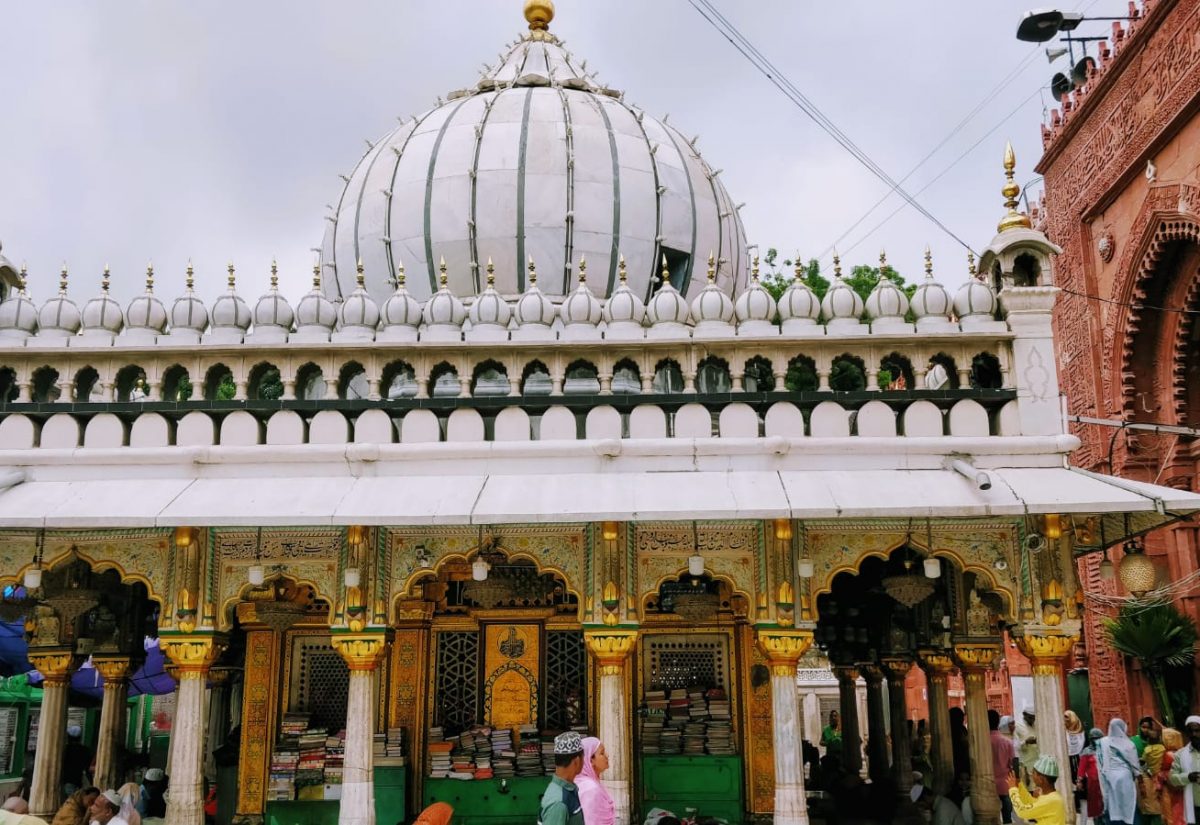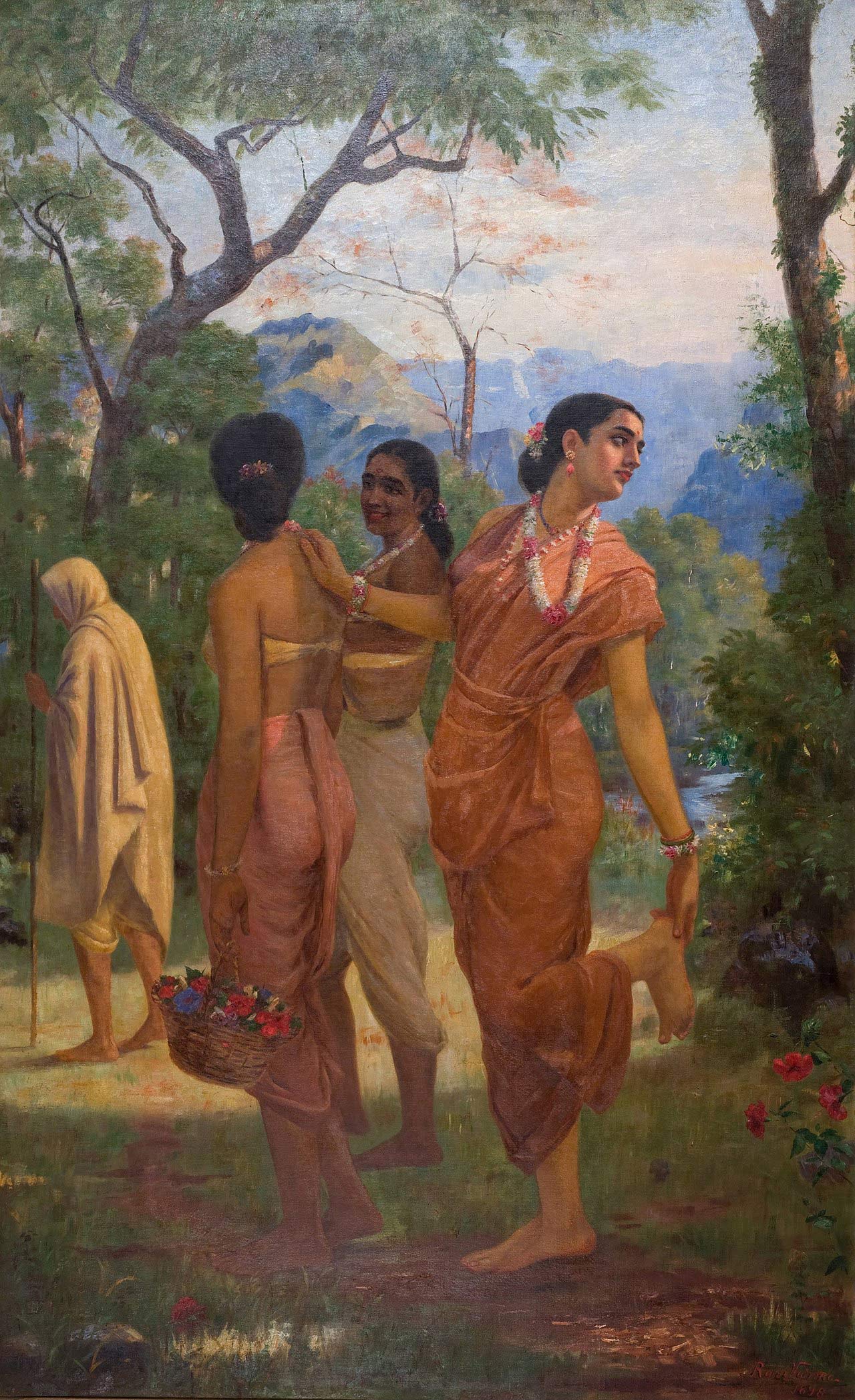
Article by EIH Researcher and Writer
Srushti Sharma
The dargah of the revered Chisthi saint – Nizamuddin Auliya, situated in the national capital, is the confluence of historical legacy and the sentiments of thousands of relentless souls that visit the small shrine, engulfed by elaborate markets and an interesting residential area called Nizamuddin Basti, so as to attain tranquility. The practice that distincts the cultural landscape of the place is qawwali, sung by an extremely dedicated group of individuals who relate to each other by the virtue of their common descent to a sufi silsila and are therefore collectively called Nizami. Within the Nizami school, sub-gharanas or sub-sects like Niyazi or Niyazi Nizami can be found. A major source of our understanding of historically parallel cultural movements like that of sufi samas remains to be legends since authoritative literary sources fail to record the same. In order to unravel the dynamics behind the beauty of qawwali, we have interviewed one of the qawwals of the dargah of Nizamuddin Auliya, Imran Nizami.
Nizami belongs to the haapul sub-gharana and has dedicated all his time and efforts to tasawwuf(Sufism) and the related skill of singing qawwali. If Nizami would be reading the article, he would have interrupted me right here and would have asked me to replace the word ‘singing’ with ‘reading’ since he believes that qawwalis are ‘sung’ in aashiqana samas for an individual beloved but are ‘read in ‘pure’ sufi samas, for the murshid(teacher) or for the creator Himself. What characterizes the latter is ishq-e-haqeeqi, which according to Nizami is the most intense of all human emotions.
Mehru Jaffer, in his book on Auliya, has traced a comprehensive history of the inception of qawwali to Amir Khusro, a dear disciple of Auliya who was prompted by him to write verses in the local dialects. This urge by Nizamuddin Auliya has given the subcontinent most beautiful depictions of love and spirituality and an epitome of cultural amalgamation in the form of Khusro’s writings. According to the qawwal – Imran Nizami, Nizamuddin Auliya asked Khusro to create such instruments that will sound graceful when played with utmost intensity and sound and equally beautiful when played with softer tones. Khusro then broke the pakhawaj( a percussion instrument) into two and introduced the musical instruments of tabla and sitar. The modern variants of these instruments are still used in sufi samas at Nizamuddin’s dargah.
Most of the qawwalis sung today are compositions of Khusro and the mazar of Khusro lies just beside the mazar of Auliya. The qawwals sit in between both the mazars, facing Nizamuddin’s shrine, with their back towards that of Khusro’s shrine. It seems as if Khusro himself is singing for his beloved, his absolute, his Pir- Hazrat Mohammad Nizamuddin Auliya. It is also believed that during the time of Urs, Khusro’s soul meets Nizamuddin’s soul, thus fulfilling the discontented desire of both the murshid and the disciple of getting buried together.

Imran Nizami, a practicing qawwal and our interviewee at the shrine of Nizamuddin Auliya. “Mera Pir mere andar hai”- Imran Nizami

The place where the Niyazi Nizami brothers prepare for the qawwali.
“Daur Badalte aaye hai, daur badlenge. Lekin, piri-murshidi qayamat ke roz tak chalegi”, exclaimed Imran Nizami, our interviewee qawwal of Nizamuddin’s dargah. Sufi silsilas are centred around the relationship between the teacher(pir/murshid) and their disciple. Even today at the shrine of Nizamuddin, the qawwals maintain the tradition. Nizami kissed the hands of his ‘Pir sahab’ and asked for his permission before giving an interview to us. “Ek noor hota hai pir sahab mei, jo unhe sab se alag banata hai”, replied Imran when asked about his relationship with his Pir. There’s a common belief at the dargah of Nizamuddin that the ‘urooj’ or charm of the place is owing to the fact that Nizamuddin was a progeny and was related to Prophet Himself. How much of the belief is true and how much is merely faith is questionable but the ‘urooj’ Nizami was reinforcing is a fact at the dargah of Hazrat Mohammad Nizamuddin Auliya.




















